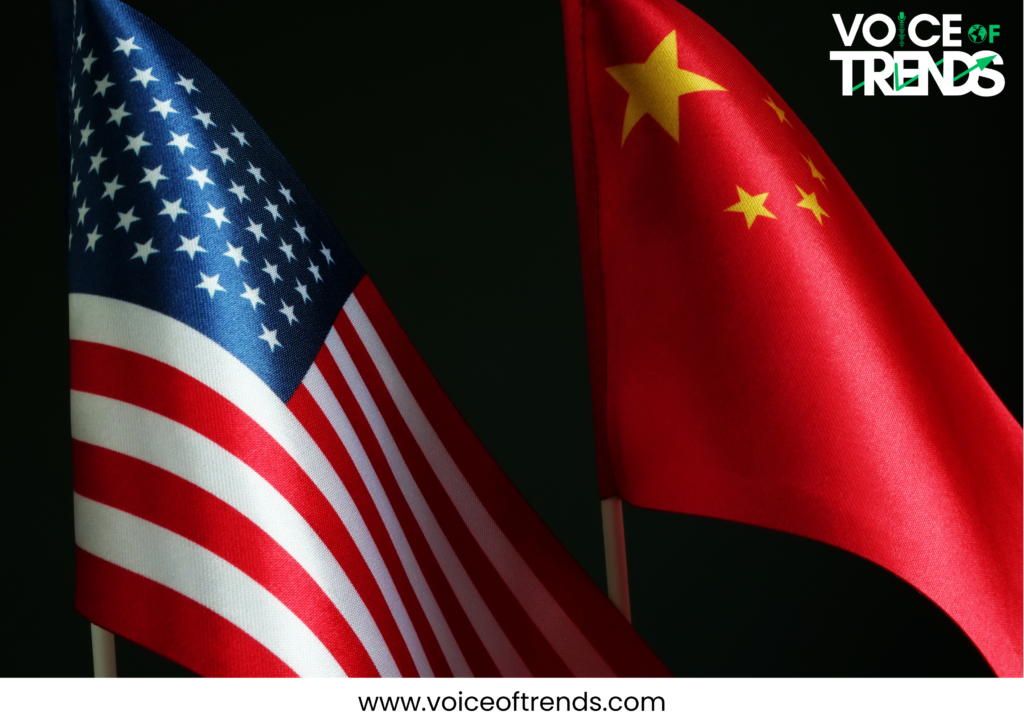In a notable shift toward easing economic tensions, the US and China have reached a 90-day agreement to significantly reduce tariffs on each other’s goods. The short-term truce marks a critical moment in their ongoing trade dispute, which has rattled global markets, disrupted supply chains, and strained political relations for years.
Starting May 14, the United States will cut its tariffs on a range of Chinese imports, reducing the rate from 145 percent to 30 percent. In response, China will reduce its tariffs on U.S. goods from 125 percent to 10 percent. The substantial reductions are expected to restore trade flows, lower commodity prices, and provide relief to businesses caught up in the tariff war.
Table of Contents
ToggleUS and China Maintain High Tariffs on Fentanyl-Linked Goods Amid Safety Concerns
However, not all products will benefit from the agreement. The United States has chosen to maintain high tariffs on goods linked to the synthetic opioid fentanyl, which is responsible for a major public health crisis in the country. Officials cited safety and regulatory concerns behind the exemption.
As part of the agreement, the two countries also committed to creating a bilateral trade working group. This dedicated task force will meet regularly to facilitate discussions, resolve emerging disputes, and ensure compliance with the terms of the agreement. Analysts see it as a strategic move to create a platform for continued engagement and lay the groundwork for a more permanent trade agreement in the future.
Investor Confidence Surges as Markets React to US and China Economic Announcements
The news was met with widespread optimism in financial markets. U.S. and Asian stock indexes rose immediately after the announcement, reflecting investors’ renewed confidence and relief at the potential easing of global economic uncertainty. Industry leaders, particularly in manufacturing, technology, and agriculture, have welcomed the decision, hoping it will provide much-needed stability and predictability in trade operations.
Experts see the tentative deal as a sign of a renewed diplomatic willingness on both sides to move toward compromise and cooperation. While the 90-day window is limited, it provides a critical opportunity for both countries to reassess their strategies, build trust, and potentially negotiate a long-term solution that would benefit not just their domestic economies but also the international economic landscape.
Moreover, the deal could have political ramifications. As both countries approach key policy milestones and elections, easing trade tensions could serve domestic agendas while demonstrating effective international leadership and economic foresight.
US and China: A Fragile Pause as the 90-Day Trade Truce Ticks Away
The world is still watching closely, however. As the 90-day period progresses, economists, traders, and policymakers will monitor the outcome, assessing whether the agreement should be expanded or transformed into a more comprehensive trade framework. For now, it represents a welcome pause in what has been one of the most productive trade disputes in recent history and a hopeful sign that diplomacy and dialogue still matter in navigating global economic challenges.




















